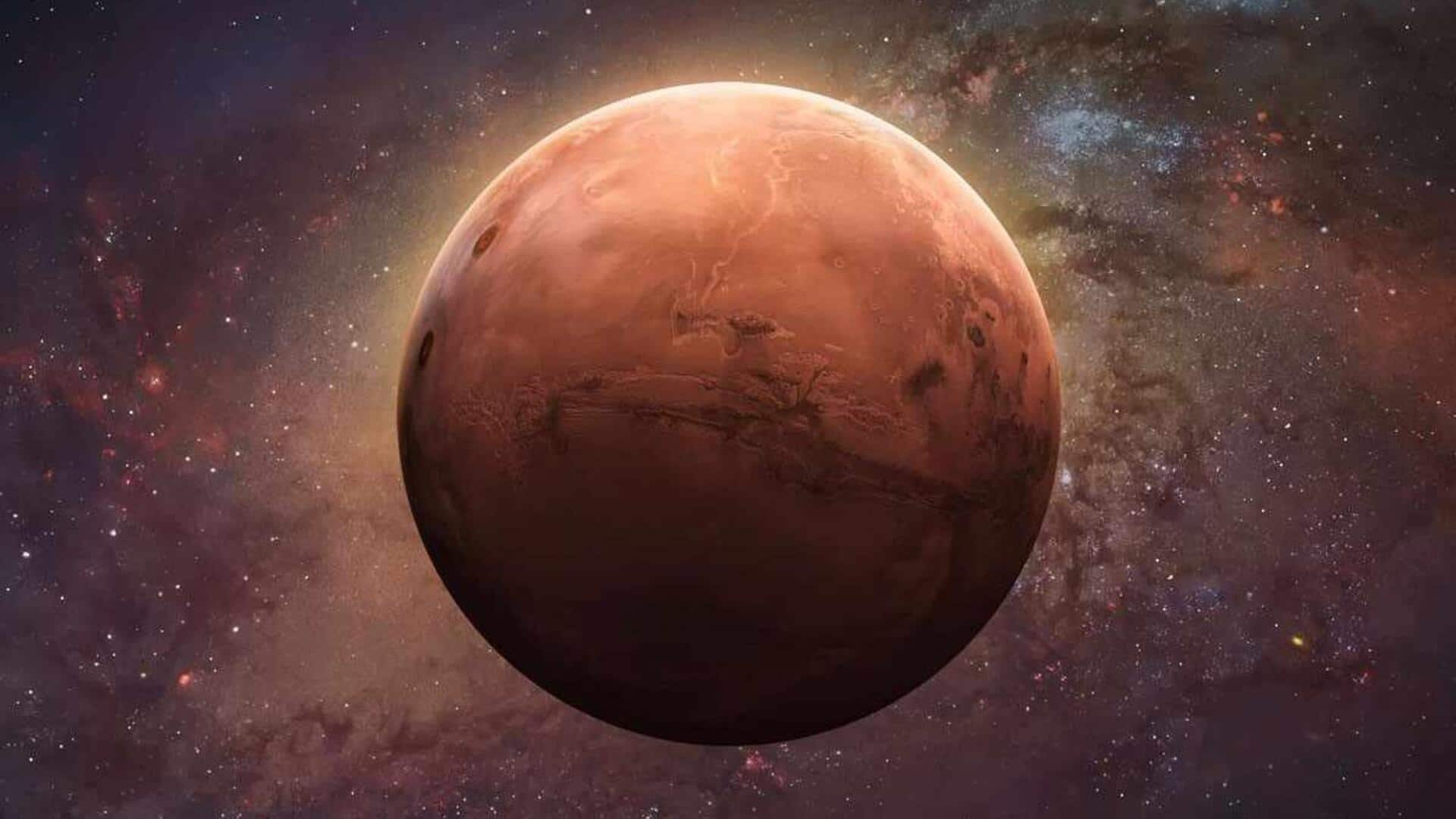
Why Mars shouldn't have a solid core but actually does
What's the story
A joint study by scientists from China and the United States has revealed that Mars has a solid inner core. The discovery challenges long-held theories about the formation and cooling of the Red Planet. The research team made this groundbreaking finding by studying seismic waves from marsquakes detected by NASA's InSight lander, which is no longer operational.
Core composition
Discovery fills major gap in understanding of Mars's deep interior
By analysing seismic waves from marsquakes, the research team discovered a solid core with a radius of about 600km, which is roughly 18% of Mars's total radius. This finding fills a major gap in our understanding of Mars's deep interior, said Nicholas Schmerr, a planetary seismologist at the University of Maryland, College Park.
Geological impact
Inner cores could support plate tectonics development on Mars
The discovery of a solid inner core on Mars could also support the long-standing hypothesis that Earth wasn't the only planet to develop plate tectonics. "If this result holds, then it's three of a kind: Earth, the Moon and now Mars have inner cores," said Ross Mitchell, a Beijing-based geologist. On Earth, plate tectonics were crucial in driving rapid cooling. Shifting surface plates acted like release valves, channeling heat from the planet's interior to the surface.
Core formation
How inner cores are formed?
Inner cores are formed when the pressure is high enough and temperature low enough for liquid metal to "freeze" into a solid. This process can take place over time on any planet or Moon. However, most bodies in our solar system haven't cooled fast enough to form a solid inner core. Mars, however, is thought to have a molten layer between its mantle and core, working more like an insulating blanket that slowed the loss of heat.